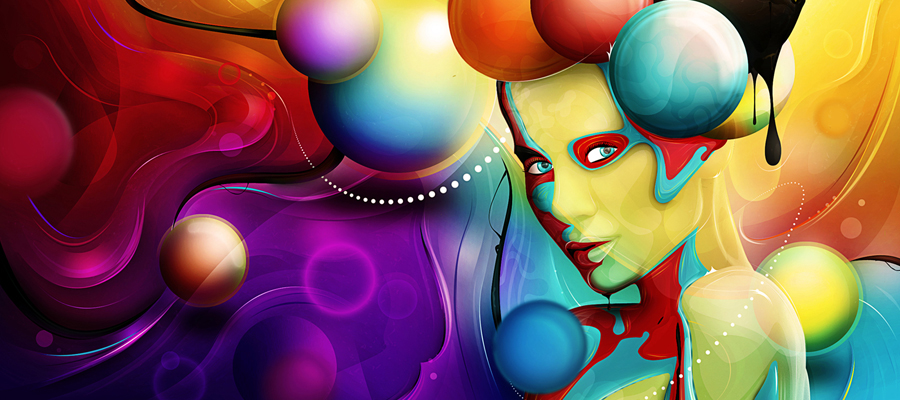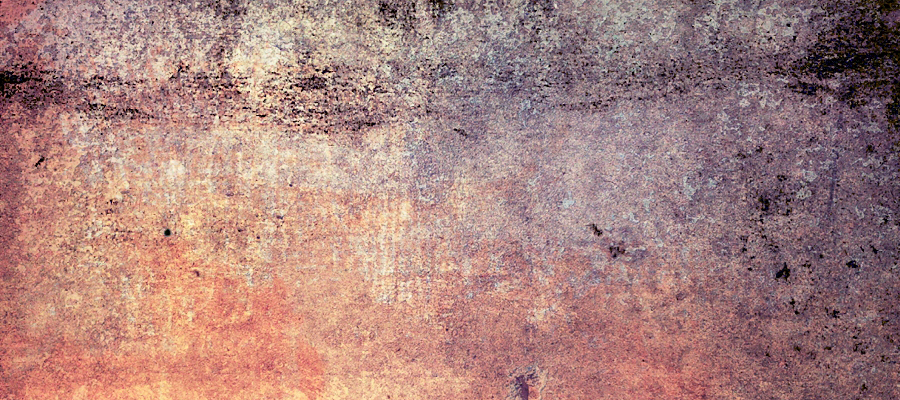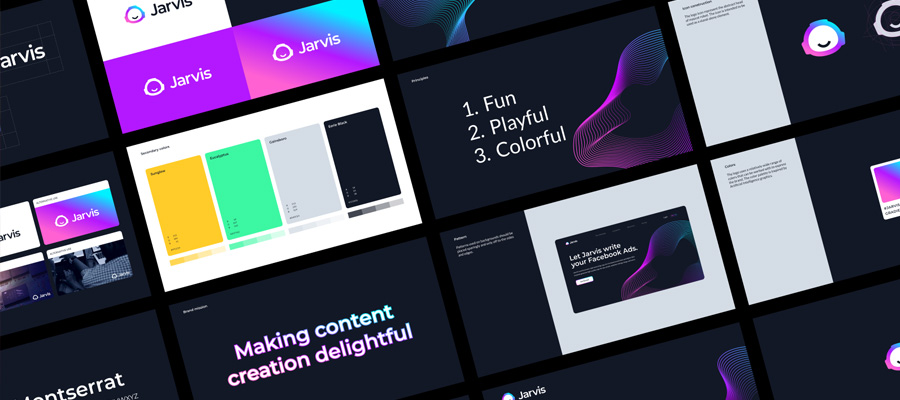In the realm of web design, the pure 3D Card Hover CSS Effect stands as a testament to the power of CSS3 and its ability to transform user experiences. This effect, when executed correctly, can elevate the aesthetics of any website, making it more interactive and engaging. As we delve into this guide, we aim to provide you with a concise yet comprehensive understanding of how to seamlessly integrate this effect into your web projects.






The digital landscape is evolving, and with it, the expectations of users. A static website no longer suffices. Users crave interactivity, and the 3D Card Hover CSS Effect offers just that. It's not merely about aesthetics; it's about creating a dynamic user experience that resonates.
Implementing the 3D Card Hover Effect
To master the 3D Card Hover CSS Effect, one must understand the core CSS properties involved:
- Transform: This property allows us to manipulate an element's position and shape.
- Perspective: Essential for creating the 3D effect, it determines how 3D elements are viewed.
- Transition: This ensures the smooth animation between the card's states.
By harnessing these properties, you can craft a 3D effect that is both visually stunning and functionally robust. Let's dive in!
CSS Code Explained
We begin with the declaration of variables for the card's dimensions, allowing for consistent sizing across all cards:
:root {
--card-height: 300px;
--card-width: calc(var(--card-height) / 1.5);
}
Each card is a flex container, aligned at the bottom with padding on the sides and a perspective value to set the perspective for 3D transforms:
.card {
width: var(--card-width);
height: var(--card-height);
position: relative;
display: flex;
justify-content: center;
align-items: flex-end;
padding: 0 36px;
perspective: 2500px;
margin: 0 50px;
}
The .wrapper class sets the base state for the image's hover transformation:
.wrapper {
transition: all 0.5s;
position: absolute;
width: 100%;
z-index: -1;
}
Upon hover, the transformation takes place - shifting the Y-axis, rotating on the X-axis, and adding a drop shadow effect:
.card:hover .wrapper {
transform: perspective(900px) translateY(-5%) rotateX(25deg) translateZ(0);
box-shadow: 2px 35px 32px -8px rgba(0, 0, 0, 0.75);
}
The ::before and ::after pseudo-elements add gradient overlays that animate on hover, giving the effect of light hitting the card:
.wrapper::before,
.wrapper::after {
...
}
The .title and .character classes control the title and character images on the card and how they animate on hover:
.title {
width: 100%;
transition: transform 0.5s;
}
.card:hover .title {
transform: translate3d(0%, -50px, 100px);
}
.character {
width: 100%;
opacity: 0;
transition: all 0.5s;
position: absolute;
z-index: -1;
}
.card:hover .character {
opacity: 1;
transform: translate3d(0%, -30%, 100px);
}
HTML Code Explained
The HTML involves an anchor tag wrapping around a div with the class .card, which contains three key elements:
- A
divwith the class.wrapperthat contains the cover image. - An
imgelement with the class.titlethat contains the title image. - An
imgelement with the class.characterthat contains the character image.
<div class="card">
<div class="wrapper">
<img src="https://yoursite.com/.../photo-cover.jpg" class="cover-image" />
</div>
<img src="https://yoursite.com/.../photo-title.png" class="title" />
<img src="https://yoursite.com/.../photo-character.jpg" class="character" />
</div>
This effect is achieved by combining several CSS properties such as transform, perspective, transition, and box-shadow. Additionally, CSS pseudo-elements ::before and ::after help create the lighting effect. It's a stunning example of what can be accomplished with pure CSS, no JavaScript required!
The 3D Card Hover CSS Effect is more than just a design trend; it's a tool that, when used judiciously, can redefine user interactions on your website. As you embark on your journey to integrate this effect, remember that the key lies in understanding the underlying CSS properties and their potential.



















